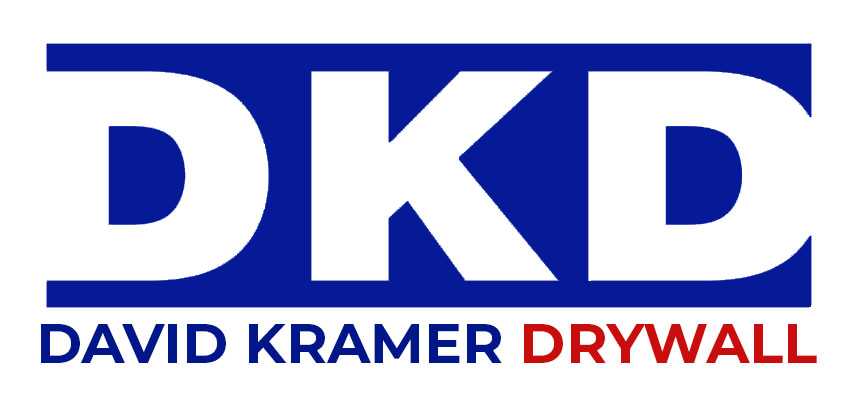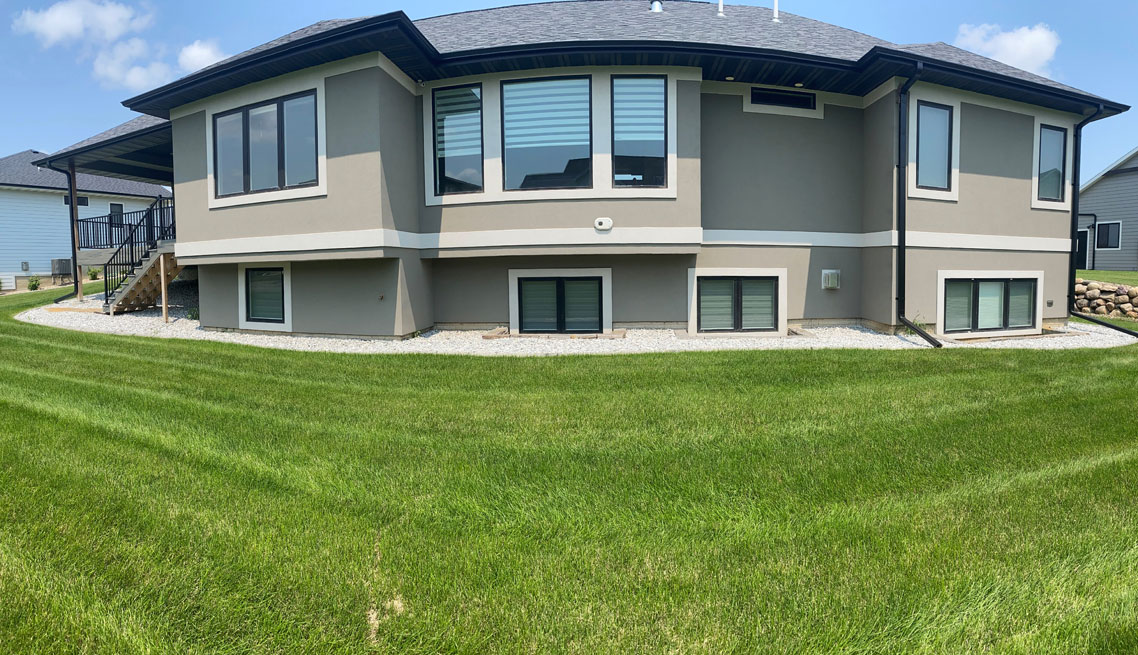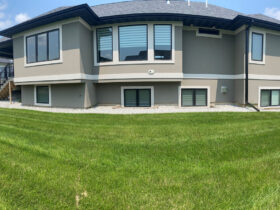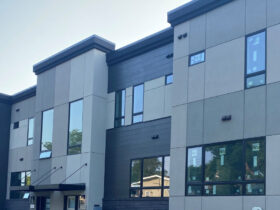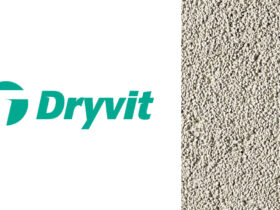DRYVIT
The proven energy efficiency and green characteristics of the Dryvit Outsulation® system make it ideal in buildings where the owner and architect are seeking LEED certification for the building.
A HEALTHIER PLANET
It is widely believed that a principal cause of global warming is the release
of carbon dioxide (CO2) into the atmosphere as a result of the burning of fossil
fuels. Such energy is necessary to extract and create the raw materials needed
to manufacture Outsulation systems. Dryvit’s overall environmental footprint,
therefore, must take into account the environmental impact of the materials
we use and the manufacturing processes we employ prior to delivering
finished goods. The NIST study confirms that our results are comparable to most other claddings.
Dryvit is proud to have all five of its North American production facilities certified ISO 9001:2000, the international standard for production quality and consistency as well as manufacturing efficiency.
Dryvit has also embarked upon an aggressive campaign to have all facilities
certified to ISO 14000:2004 environmental standards. This commitment is an additional barometer of our overall environmental awareness and dedication to the proposition that a 21st century manufacturer must act responsibly as a steward of our environment.
TINY FOOTPRINT, HUGE BENEFIT
Construction is one of the biggest businesses on the planet. Huge resources—financial and environmental—go into the building industry. It is a $600 billion business in core investment alone.
There are three costs to consider when building today: the initial construction costs, the on-going operational costs, and the increasingly important environmental costs. By all three critical measures, Dryvit Outsulation systems represent the optimal cladding solution.
A case study developed by Nashville architects Lyman Davidson Dooley, determined that 10% of the shell construction costs could be saved on a building designed for masonry by substituting Dryvit’s Outsulation system. More than $570,000 was saved in concrete, steel, cladding and HVAC
by replacing heavier, less energy efficient materials with the Outsulation system.
The Oak Ridge National Laboratory also determined that Dryvit Outsulation systems are 84% more energy efficient than the next best cladding. That means Dryvit Outsulation systems can reduce a building’s energy use by as much as 30%, year after year, saving both money and precious energy resources.
Finally, the National Institute of Standards and Technology (NIST) performed a full life cycle analysis of Dryvit Outsulation systems and found them to be more environmentally responsible than brick, stucco, aluminum, cedar and vinyl. Dryvit Outsulation systems have a smaller carbon footprint than other common claddings and offer a better green building alternative over the life of the project.
Our green philosophy is summarized by the phrase “tiny footprint, huge benefit.” Our environmental impact is small, and the overall benefits of Dryvit Outsulation systems are huge. Less money to build and operate and an even smaller environmental cost equals the best exterior building solution on the planet today.
